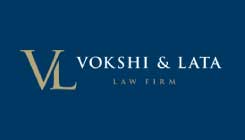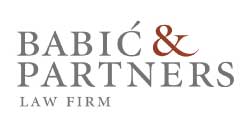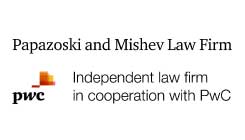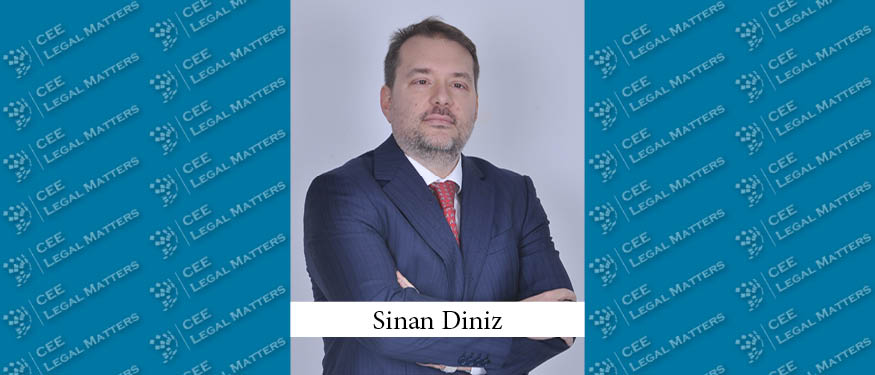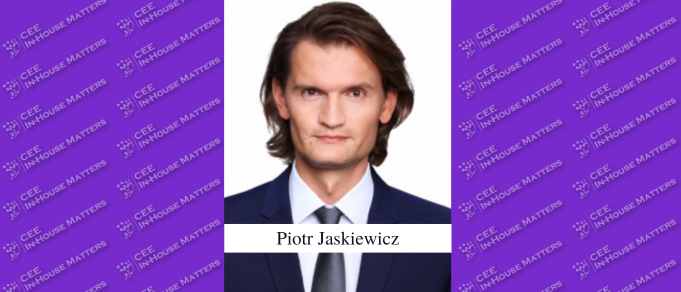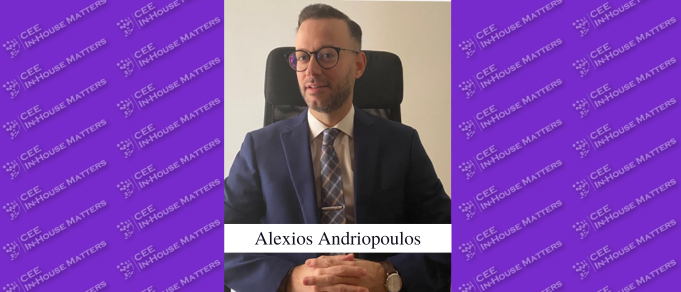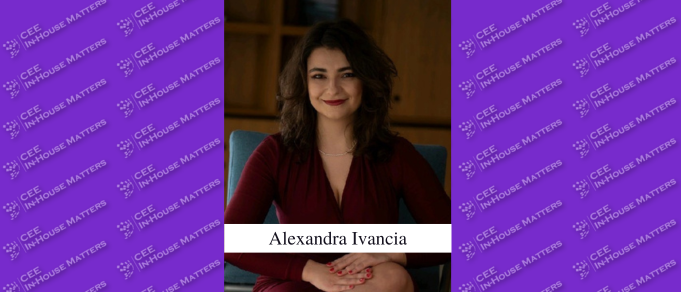Why can’t you sleep?
When we ask general counsel the question “What keeps you up at night about law firms”, many gnash their teeth about a problem with fee caps. In particular, they express their frustration with law firms requesting cap waivers based on the belief that the matter’s scope has been exceeded.
This situation frequently forces general counsel to confront a no-win situation. Either they are pushed into an uncomfortable battle with the law firm over scope analysis or they have the pleasure of fighting with their financial department for extra funding. Even worse, when such disputes lead to the general counsel not using the law firm for any follow-on or repeat work, the legal department will have to waste future resources on bringing in a new law firm to “reinvent the wheel”.
In this article, general counsel will learn how to minimize the risk of uncomfortable scope disputes with law firms by ensuring that the firms are fully engaged in the scoping process. This minimization involves general counsel dealing with the following topics:
- The limitations of using law firm pitches to set the scope.
- The benefits of engaging in a shared scoping process.
- How to head off conflict by planning for scope issues in advance.
Pitches Ain’t Scopin’
Do you treat a law firm’s pitch as setting the scope for your matters? If so, you are just asking for trouble.
When law firms make a pitch, they are oftentimes working off of insufficient information to properly scope the matter (e.g. a bare-bones RFP). In other words, they are submitting a pitch budget with the prayer that nothing too bad will pop up.
Even worse, during the pitch preparation, all too many firms fail to explicitly list the assumptions that form the basis of their proposed budget. As a result, when that badness does pop up, they can’t rely on their assumptions to protect themselves (i.e. justify their arguments for a change in scope).
To avoid these types of issues, you definitely want to involve law firms into a shared scoping process.
Shared Scoping
In our experience, both general counsel and law firms can best anticipate and resolve scoping issues by dealing with them at the outset of the matter. In particular, we recommend that they meet for a Kick-Off Meeting to make best efforts at setting a shared scope for the matter.
During this meeting, the parties should discuss the typical scoping topics of Legal Project Management, including:
- The main project phases and the tasks for each phase
- The deliverables required for the successful completion of each task
- The responsible party for each task
- The fundamental deadlines of the matter
Further, general counsel can also greatly assist the scoping process by sharing with law firms valuable information regarding the matter’s (i) business background and (ii) important stakeholders.
Business Background
In our experience, law firms are much more likely to understand scoping issues when they get the big picture about the company and its matter. In this case, the big picture involves how the matter interacts with the business goals of the company. To help firms grasp this picture, we recommend that you try to address for them the following questions:
- What does the outcome of this matter mean to your company? (E.g. How does it affect your company’s business strategy?)
- What does your company view as the best case outcome for your matter? (If possible, also discuss the worst case outcome.)
- What are the most important things to consider when managing this matter? What are the least important things?
Key Stakeholders
As you will definitely need to deal with various stakeholders throughout the handling of the matter, it’s a good idea to enlist the assistance of external counsel in managing these stakeholders by providing them with some background on the key stakeholders. When law firms better understand the key stakeholders, it’s much easier for them to anticipate and address potential scoping issues.
When you discuss the key stakeholders, try to address the following questions:
- For each key stakeholder, how will he/she be affected by this matter?
- For each key stakeholder, what is his/her main concerns involving the matter? (E.g. revenue, risk, reputation)
- Will any key stakeholders be negatively affected by the successful resolution of this matter?
- Which key stakeholders have decision authority over the matter? What are the procedural obstacles that need to be navigated in order to obtain such authority?
- Are there any external stakeholders that might create problems (e.g. law firm competitor, community group)?
Anticipating Conflict
Although the parties will greatly benefit by using the above shared scoping approach, they should not sweep under the rug everyone’s hidden concern – “What if we still have a problem with scope?” Therefore, as a final step, we encourage them to openly discuss and agree on two final issues:
- What uncertainties are we still facing? (In other words, what are our Red Flags?)
- If we hit a Red Flag, how can we address it in a constructive manner?
Setting Red Flags
The parties can best anticipate Red Flags for their matter if they openly discuss and document each side’s assumptions for the matter. As some lawyers are not comfortable with discussing their assumptions, it’s useful for general counsel to get the ball rolling by first discussing their assumptions for the matter. For example, you can increase the comfort level of the external lawyers by explaining your assumptions about what work falls outside the law firm’s scope due to the following reasons:
- the work is unnecessary for the success of the matter;
- the work can be excluded due to your company’s risk tolerance; or
- the work can be more efficiently handled internally (or by a another vendor).
Once both parties have had the opportunity to discuss their assumptions, they can identify many Red Flags by reanalyzing the other party’s assumptions and asking themselves the following two questions:
- How likely it is that this assumption will prove to be untrue?; and
- If it does prove to be untrue, approximately how much additional work will be added to this matter?
Resolving Red Flags
As a final step, general counsel can reduce the likelihood of unnecessary conflict down the road by laying out the potential options for addressing Red Flag situations. This step is important as it helps law firms avoid applying a narrow focus on simply demanding a cap waiver.
When brainstorming potential options, general counsel might find it useful to think about the following questions:
- Can the in-house team off-set the additional workload of the law firm by taking on responsibility for other work from the law firm?
- Can the general counsel partially compensate the law firm for the additional workload by giving follow-on work or unrelated legal work?
- Is the general counsel willing to compensate the law firm in future matters by using the Red Flag as a basis for either adjusting the scope and/or increasing the matter budget?
By examining and discussing these options with the law firm, general counsel can not only reduce the likelihood of the law firm applying a narrow focus on cap waiver demands but also encourage the law firm to search for its own creative solutions to scope problems. As a result, both sides will be in a better position to resolve Red Flags in a manner that addresses their shared interests.
Conclusion
We hope that the above article will help General Counsel sleep just a little better at night. In our next article, we will try to improve the sleeping patterns of law firm partners by addressing this cap nightmare from their perspective.
Aaron M. Muhly is a co-founder of Evelaw, an advisor to European law firms on marketing, client development, and business communications. To learn more, visit www.evelaw.eu.




